您当前的位置:检测资讯 > 检测案例
嘉峪检测网 2022-02-21 23:20
案例问题
某搅拌机上的触摸控制器,通过用手指触碰触摸面板/外壳表面来操作,就像没有按键的手机触摸屏。触摸控制器的弹簧和电极未与220V电源隔离,被视为“带电部件”。弹簧在安装前的原始长度为15mm,由于触摸面板/外壳装配压紧后弹簧减小到10mm。
问题:搅拌机的触摸面板/外壳是“支撑”弹簧和电极(带电部件)还是只是“接触”电极?是否应该根据IEC 60335-1第30.1条支撑带电部件的部件进行125℃±2℃球压试验?
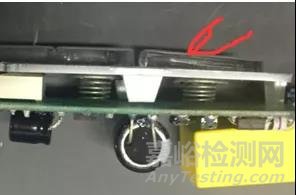
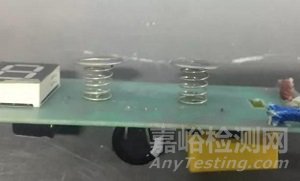
(图1 搅拌机上的触摸控制器,带电弹簧在安装后被压紧)
案例分析
2020年12月IEC/TC61国际电工委员会第61家用电器技术委员会网络全体会议讨论了这个问题,详见附件。
附件:
IEC/TC61 2020web meeting-AG 28 report
Reference
参考号
Date日期
Provided to提交至
CN-01_(Webmeetings 2020)
2020.5.24
IEC/TC61 AG28
Standard标准
Subclause(s)条款
Keywords、关键词
IEC 60335-1:2016 Ed5.2
30.1
- Touch control
触摸控制器
- Support live part
支撑带电部件
Question
问题
A touch control on a blender shown in Figure 1a, is operated by the finger touch on the surface of the touch panel/enclosure to “switch-on” the control (Figure 1b) like it is for no-button-cell phone screen, rather than a push-push button.
The spring and electrode of touch control are not insulated from 220V mains, and are regarded as “live parts”.
The original length of the spring before installation is 15mm, reduced to 10mm after the touch panel/enclosure is assembled (Figure 2).
图1a是一款搅拌机上的触摸控制器,通过用手指放在触摸面板/外壳表面来操作“接通”控制器(图1b),就像没有按键的手机触摸屏,而不是一个按钮开关。
触摸控制器的弹簧和电极未与220V电源隔离,被视为“带电部件”。
弹簧在安装前的原始长度为15mm,由于触摸面板/外壳装配后压紧弹簧减小到10mm。(图2)
Note: the length of the live spring is 10 mm after the end-product is assembled
注:带电弹簧的长度在最终产品组装后为10mm。
Figure1a - touch control
图1a 触摸控制器
Figure1b – Fi
图1b
Note: the length of the live spring is 15 mm before it is assembled.
弹簧在安装前的原始长度为15mm。
Figure2 touch control
图2 触摸控制器
Key
1:PCB board connected with the spring by soldering
2:live spring
3: live electrode connected with the spring by mechanical connection
4: touch panel/enclosure (accessed by user’s finger)
F1: force applied by touch panel/enclosure
F2: force applied by the spring and electrode
关键
1:PCB板通过锡焊连接弹簧
2:带电弹簧
3:电极通过机械方式连接弹簧
4:触摸面板/外壳(用户手指可触及)
F1:触摸面板/外壳施加的力
F2:弹簧和电极施加的力
Figure 3 - contruction of the touch control
图3 触摸面板/外壳被拆除前后
Question: as far as ball pressure test of the touch panel/enclosure according to clause 30.1 of IEC 60335-1is concerned, does the touch panel/enclosure “support” the electrode (live part) or just “touches” the electrode?
The key argue point is whether the touch panel/enclosure presses the electrode from top to bottom could be “regarded” as if the enclosure “supports” the electrode.
Opinion1: No, it is “contact” not “support”, it is the PCB board which “supports” the spring and electrode live parts, rather than the enclosure. The ball pressure test at 125 °C ± 2 °C, for parts supporting live parts is not applicable.
Opinion2: Yes. It is hard to understand how can a part “support” another part from top to bottom, however, just put the blender appliance up-side-down to imagine, see figure 4. It is obvius that the spring–electrode-live parts are supported by the PCB and touch panel/enclosure at the same time.If the enclosure is removed, the spring and electrode will not remain in original place and will move 5 mm. So ball pressure test at 125 °C ± 2 °C, for parts supporting live parts is applicable.
问题:就根据IEC 60335-1的30.1条款的控制面板/外壳的球压试验而言,控制面板/外壳是“支撑”电极(带电部件) 还是只是“接触”电极?
关键的争论点是:控制面板/外壳从上往下压住电极是否可以被“视为”支撑电极部件?
观点1 不,是“接触”而不是“支撑”,是PCB板“支撑”了弹簧和电极带电部件,而不是外壳。对支撑带电部件125℃±2℃的球压试验不适用。
观点2 是,很难理解一个部件如何从上往下“支撑” 另一个部件,但是,只需将搅拌机器具上下颠倒即可想象,如图4所示。很明显弹簧-电极-带电部件同时被PCB板和触摸面板/外壳支撑。 如果外壳被拆除,弹簧和电极将不能保持在原来位置,将会移动5mm,所以对支撑带电部件125℃±2℃的球压试验适用。
Figure 4 - force analysis (figure 3 up-side-down)
图4-受力分析(图3上下颠倒)
Which opinion is correct?
哪个观点是正确的?
AG 28 Answer
主席顾问组AG28回复
It is considered that the touch panel/enclosure is supporting the live part.
It shall be noted that "support" in this context is not limited to the effects of gravity, but is also applicable to the consistent and reliable placement and location of the live part within the appliance. Of the three options for determining whether a ball pressure test is required (external parts, support live parts, supplementary/reinforced insulation), it is the only option that addresses this context.
触摸面板/外壳应该被认为是支撑带电部件。
值得注意的是在这个案例中“支撑”不应只局限于考虑重力的影响,也应适用于器具中保持带电部件永久可靠安置在位的情况。在决定球压试验被要求的三个选项中(外部部件,支撑带电部件,附加/加强绝缘),基于这次的案例情况这是唯一的选项。
TC61 DecisionTC61决议
Confirmed.
确认
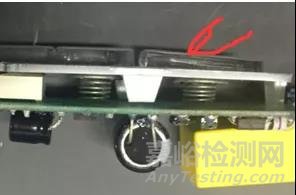
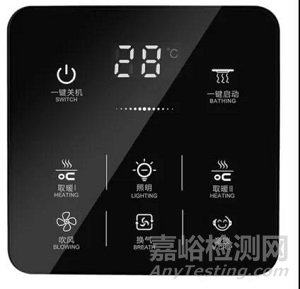
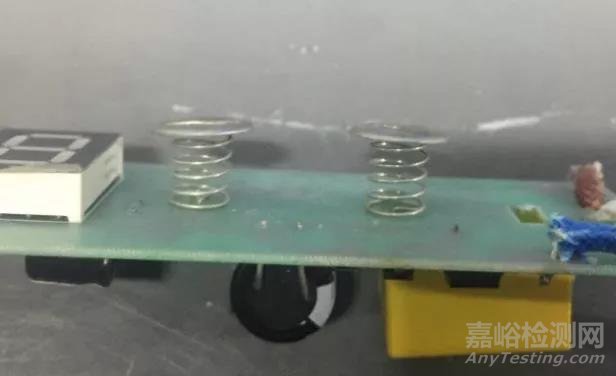
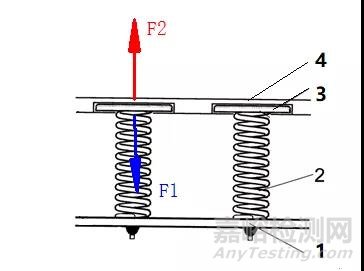
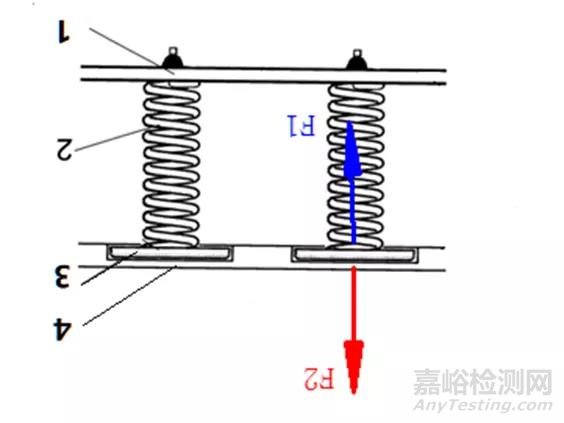
标准条款
IEC 60335-1:2016 Ed5.2《家用和类似用途电器的安全 第1部分:通用要求》标准
参考译文:
30.1 对于非金属材料制成的外部部件、用来支撑带电部件(包括连接)的非金属材料部件以及提供附加绝缘或加强绝缘的材料的热塑材料部件,其恶化可导致器具不符合本部分,应充分耐热。
本要求不适用于软线或内部布线的绝缘或护套。
通过按 IEC 60695-10-2 对有关的部件进行球压试验检查其符合性。
该试验在烘箱内进行,烘箱温度为 40℃±2℃加上第 11 章试验期间确定的最大温升,但该温度应至少:
——对外部部件 为:75℃±2℃。
——对支撑带电部件的部件为:125℃±2
然而,对提供附加绝缘或加强绝缘的热塑材料部件,该试验在 25℃±2℃加上第 19 章试验期间确定的最高温升的温度下进行(如果此值是较高的话)。只要 19.4 的试验是通过非自复位保护装置的动作而终止的,并且必须取下盖子或使用工具去复位它,则不考虑其 19.4 的温升。
注 1:对线圈骨架,只有那些用来支撑或保持接线端子在位的部件才经受该试验。
注 2:该试验不在陶瓷部件上进行。
注 3:耐热试验的选样或程序如图 O.1 所示。

来源:Internet


